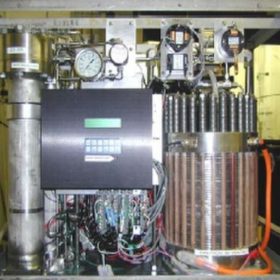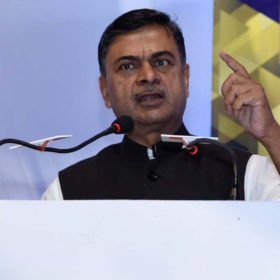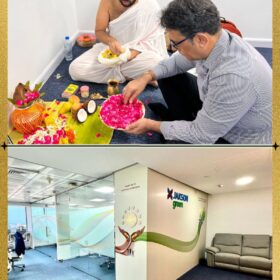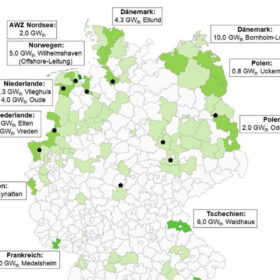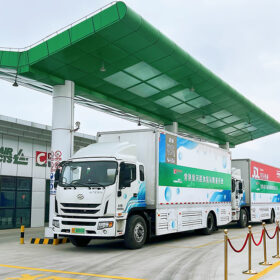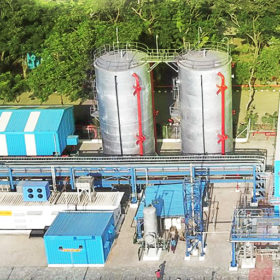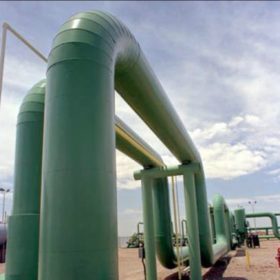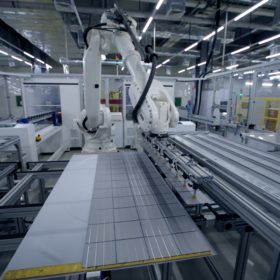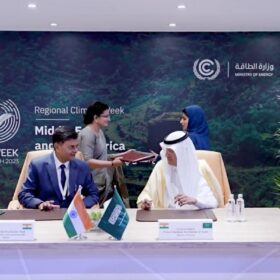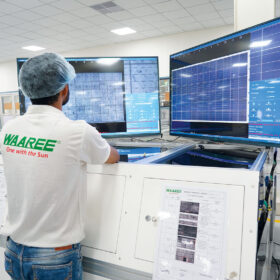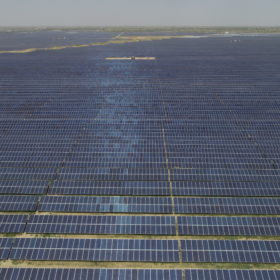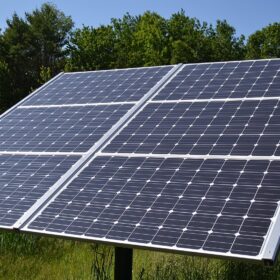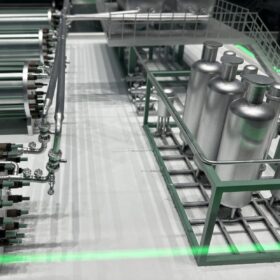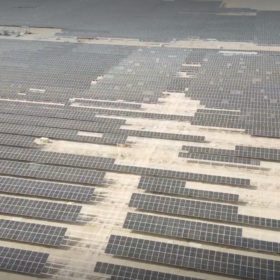Evergreen Renewables to invest INR 4,000 crore in Gujarat
Advait Infratech will invest in the manufacturing and assembly of fuel cells and electrolyzers in Gujarat. Waaree will set up a green hydrogen/green ammonia production facility along with hybrid (solar, wind) renewable energy generation.
21 companies bid for electrolyzer incentives in India
The government’s production-linked incentive (PLI) scheme for electrolyzer manufacturing has received an overwhelming response with bids received for 2.28 times the capacity to be awarded.
Majority of green hydrogen production plants in India to come up near ports
India’s power minister RK Singh said the majority of the green hydrogen production plants in India are expected to come up near port locations as per the industry feedback. In such cases, desalinized seawater could also be used for green hydrogen production.
Jakson Green opens office in Dubai
Jakson Green has set up an office in Dubai as it looks to increase its presence in sustainable energy solutions across the Middle East and North Africa (MENA) region. The company said its Dubai office will help it foster closer collaborations with partners and clients in the region.
The Hydrogen Stream: FNB Gas presents hydrogen network plan for Germany
FNB Gas has unveiled plans for a hydrogen core network in Germany, while Tree Energy Solutions has started working on an electrolyzer and 1 GW of renewable energy assets in Canada.
Air Liquide, Siemens Energy inaugurate their gigawatt electrolyzer factory
Air Liquide and Siemens Energy have inaugurated their gigawatt electrolyzer factory in Berlin, while Air Products says it is cementing its collaboration with Chengzhi in China.
L&T joins the Hydrogen Council
Larsen & Toubro has presence across green hydrogen project development/EPC, electrolyzer manufacturing, and battery cell manufacturing. As a hydrogen council member, the company intends to foster collaboration within the hydrogen industry.
Malaysia, Singapore mulling hydrogen pipeline
City Energy and Gentari have agreed to study the feasibility of building a hydrogen pipeline from Malaysia to Singapore.
India’s emergence as a credible option in renewables supply chain
Clean technology and ancillary equipment offer a cumulative $300-400 billion sales opportunity for Indian manufacturers within this decade, according to a new report by KPMG that says India has the potential to emerge as an alternative in the renewable energy supply chain.
The Hydrogen Stream: India, Saudi Arabia sign hydrogen agreement
India and Saudi Arabia have agreed to develop electrical interconnections and low-carbon hydrogen, while Masdar has partnered with Boeing ion the sustainable aviation fuel (SAF) industry.

